Earth, Environment & Sustainability
Webster City GIS Wayfinding
As part of the ICIGO student organization within the Department of Geographical and Sustainability Sciences, students examined wayfinding placement in Webster City, Iowa. They used Geographic Information Systems (GIS) tools to identify and recommend placement locations for signage within the city.
Webster City requested assistance with several GIS projects. The students updated and maintained easement and land records, as well as examined the overall use of GIS within Webster City to determine best practices.
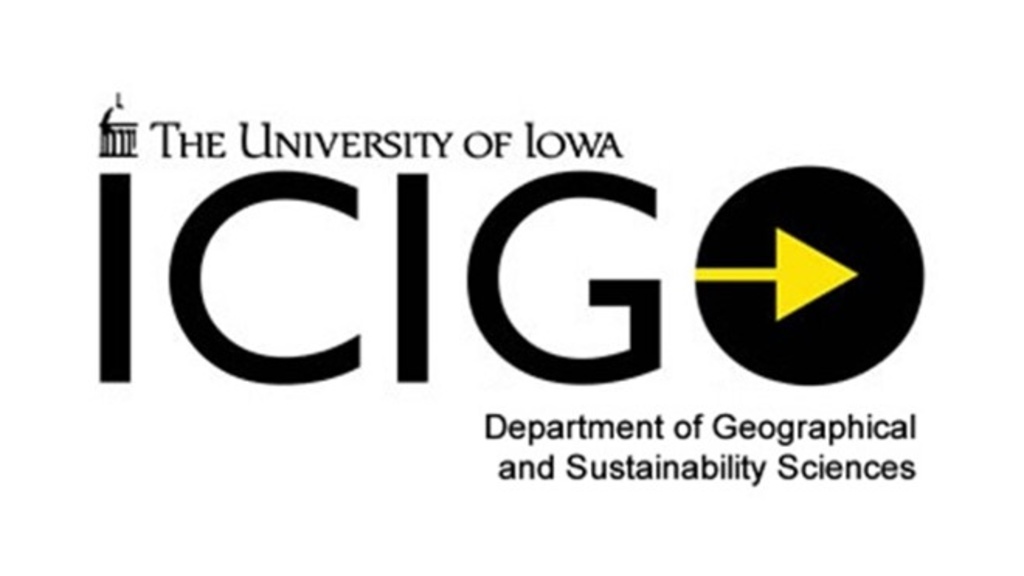
Keokuk - Lead and Copper Utility Mapping
As part of the ICIGO student organization within the Department of Geographical and Sustainability Sciences, students created maps of lead and copper utility lines in Keokuk.
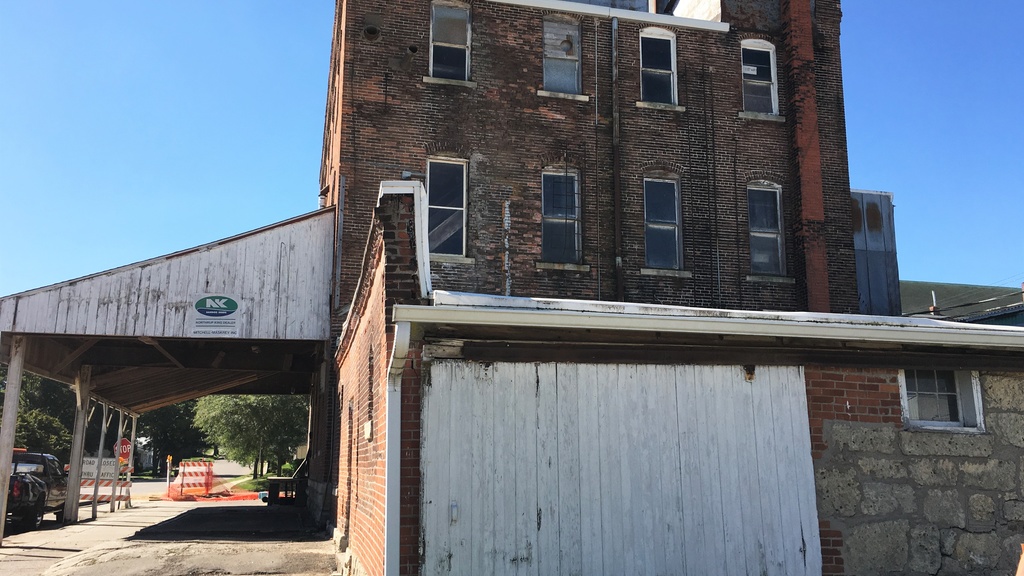
Regional Brownfields and Social Vulnerability
In a report to the the East Central Intergovernmental Association (ECIA), a student in the Geographical & Sustainability Studies: Senior Project Seminar class completed an independent project that evaluated spatial relationships between Brownfields sites and public school buildings, using free and reduced lunch rates as an indicator of vulnerability.
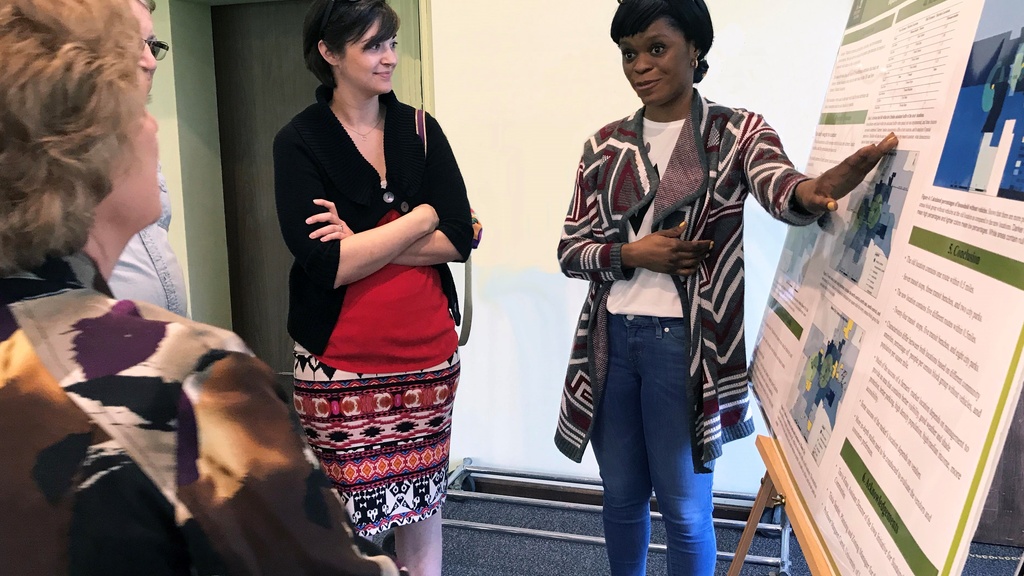
North Iowa Farmers Market Site Evaluation
In a report to the City of Mason City and North Iowa Farmers’ Market Board of Directors, a student in the Geographical & Sustainability Studies: Senior Project Seminar class completed an independent project that evaluated two Mason City farmers market site locations based on mobility and accessibility indicators.

Flooding Risk Assessment using HAZUS modeling
Students in the Department of Geographical and Sustainability Sciences course GIS for Environmental Studies course conducted a flooding risk assessment for the Cerro Gordo County Emergency Management Agency using HAZUS modeling software.
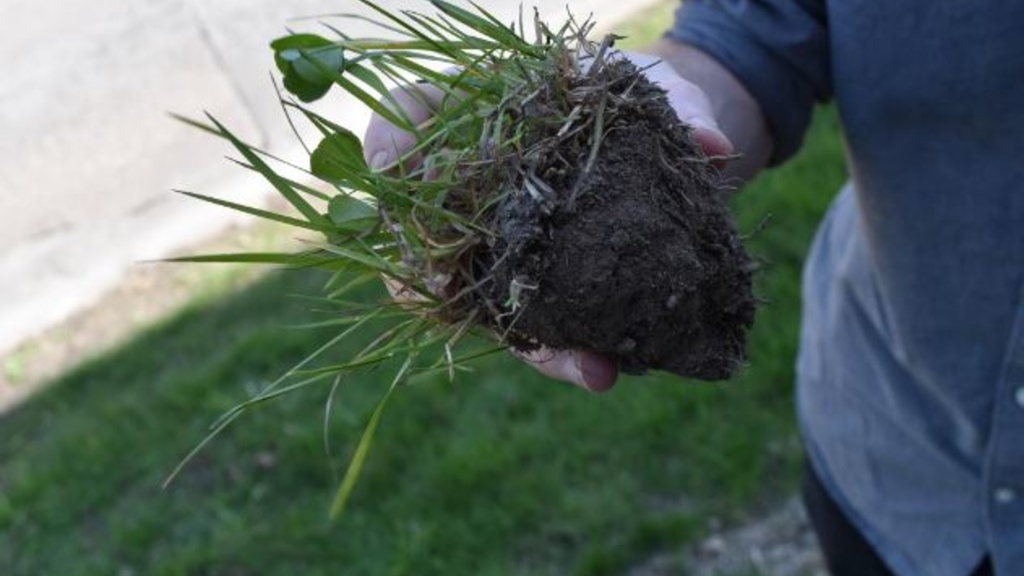
Urban Ecology
Students in a geography class completed two separate projects for Iowa City. The first project focused on the ecological functions of roadside vegetation in Iowa City, including identification of roadside land area in the city that can be prioritized for re-planting and re-design as native vegetation areas. The second project focused on urban raptors.
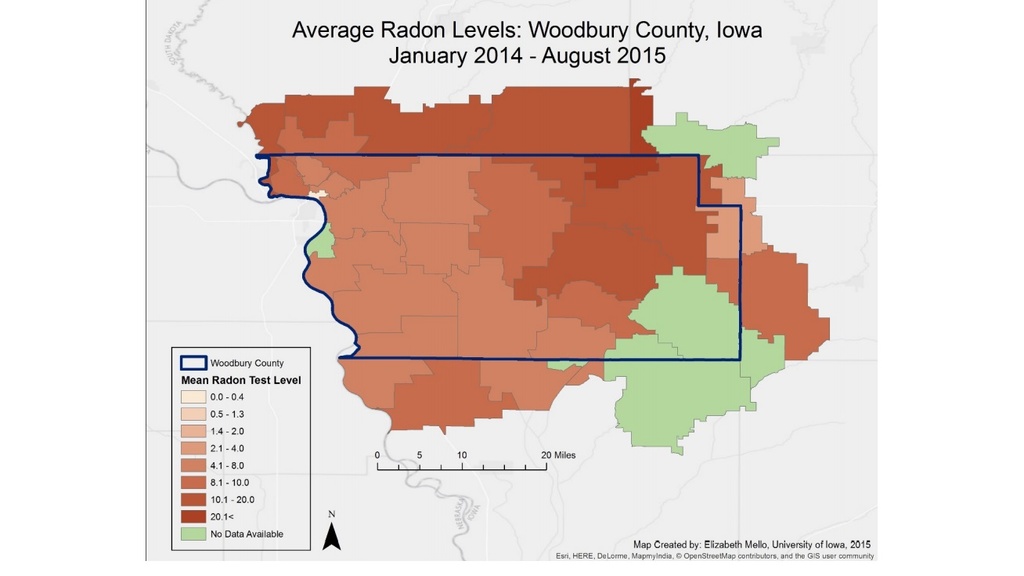
Radon Mapping
A student in the Department of Geographical and Sustainability Sciences assisted the Siouxland District Health Department with this goal by researching and mapping information about radon concentrations at zip code level throughout Woodbury County.
Farmers' Market Mapping
Students from the Geographical and Sustainability Sciences department used GIS to map the sources of the farmers’ market products and locations of their vendors, giving consumers, and market managers - it is a visual understanding of the area over which the local products are sourced. In addition, students researched how the locations of these vendors and the market correspond to food recovery institutions to assist the Farmers’ Market in forming future collaborations.

Ecosystem Services
To help the City of Iowa City continue to foster the benefits of its natural areas, students from the Department of Geographical and Sustainability Sciences conducted two research projects on the ecological services provided by the parks and open spaces in the city. The first project used hedonic pricing to research how the valuation of different kinds of open spaces contribute to the values of detached single-family homes.

Land Cover and Conservation
Consistent with the Iowa Nutrient Reduction Strategy (INRS), Winneshiek sought to reduce phosphorus and nitrogen pollution from nonpoint sources. To achieve this goal, the County was interested in gaining information about land use and conservation practices in the area.
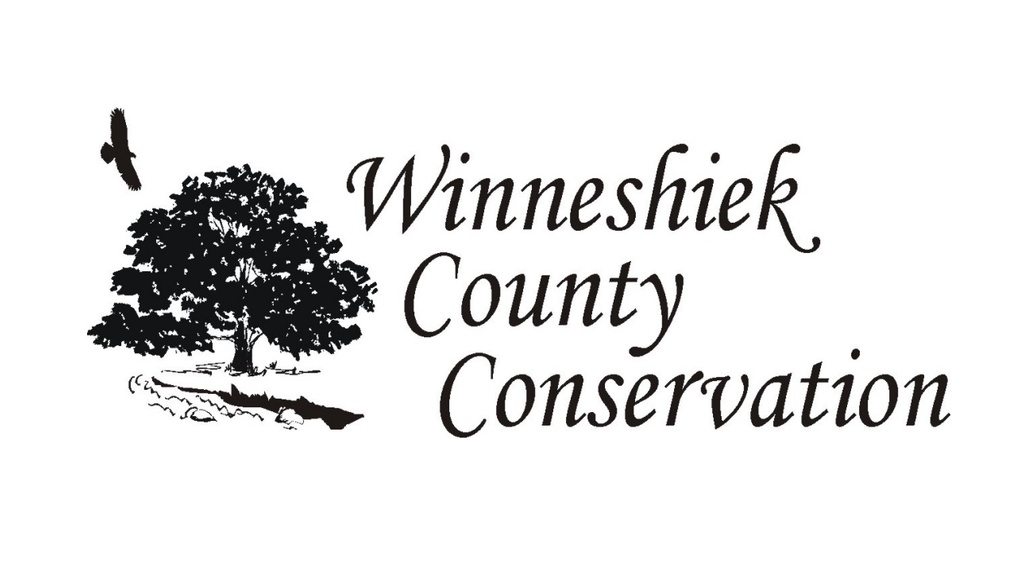
Blufflands Protection
Students in the Geographical and Sustainability Sciences program develop a methodology for mapping blufflands using Geographic Information Systems (GIS) technology.
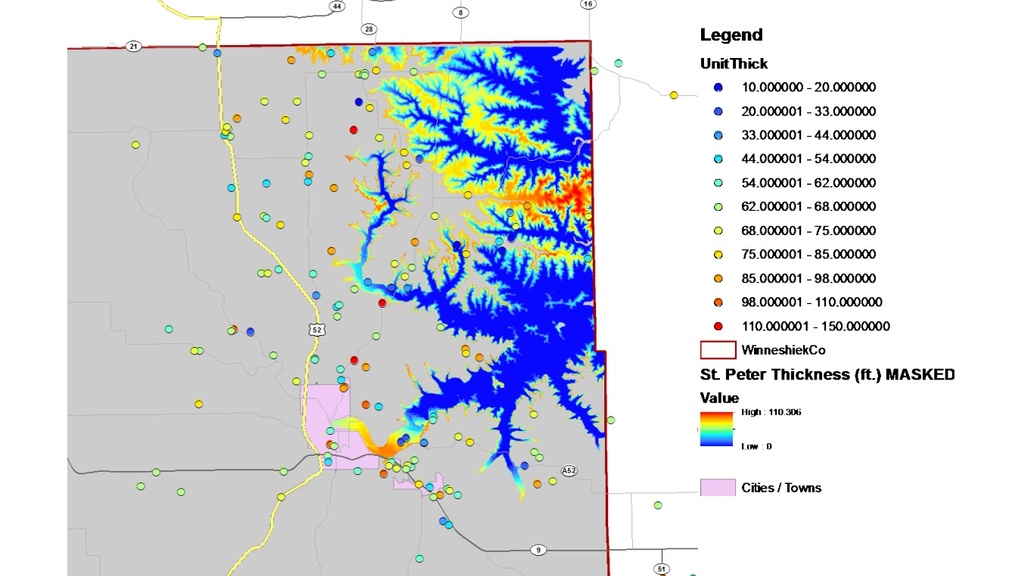
Mapping and Prediciting Potential Frac Sand Mine Locations
Researchers from the GEEMaP program, College of Engineering, and Department of Earth & Environmental Sciences collaborated to predict and map where frac sand mines may be most likely to occur in Winneshiek County if the industry enters the area.